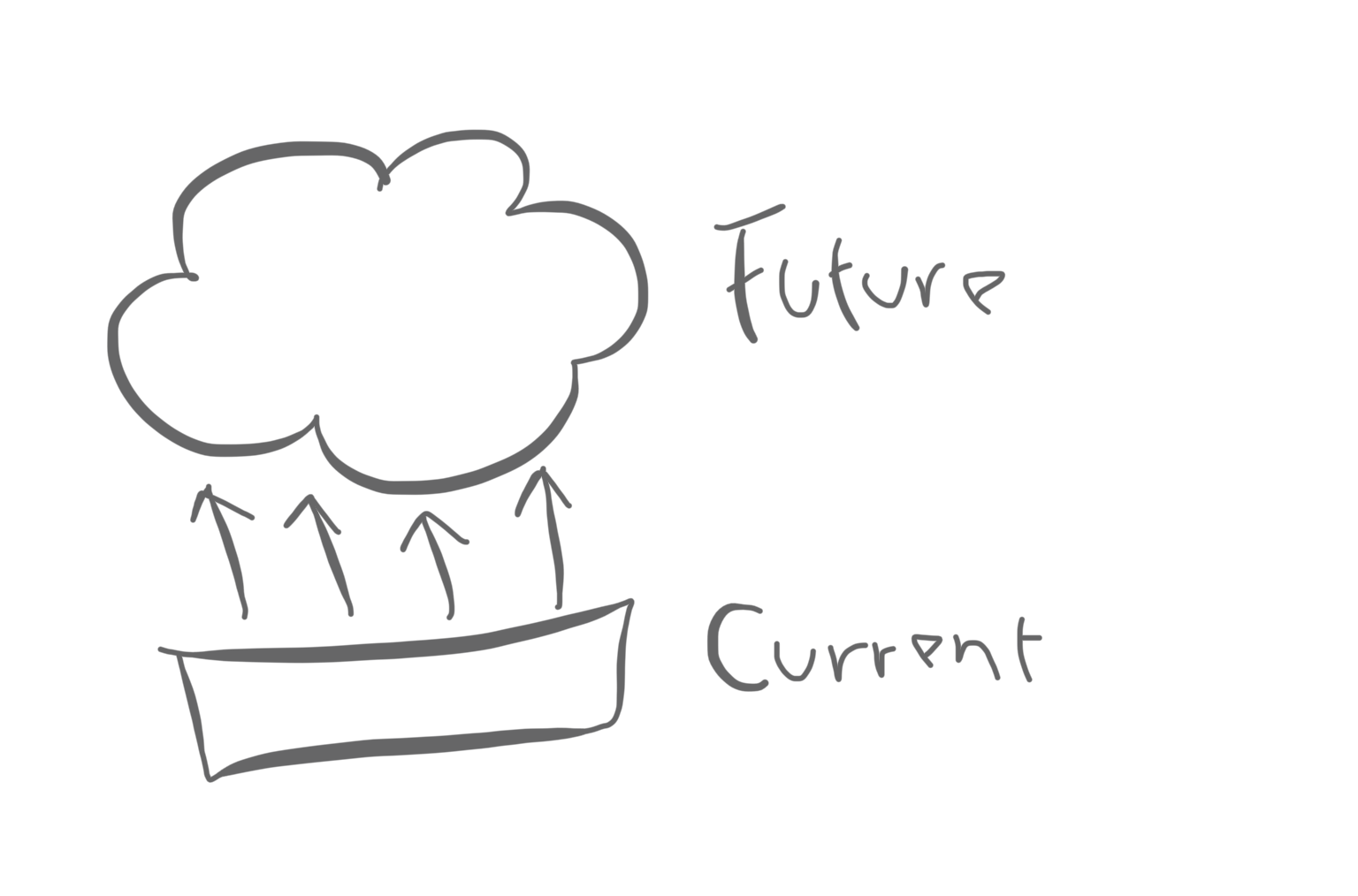Strategic Planning with Thinking Preferences in Mind
Posted on August 28, 2025

Strategic planning is a complex problem-solving process. And wherever there is complex problem-solving, there are thinking preferences at play.
Some years ago, FourSight cofounder, Blair Miller, was hired by a Canadian financial services company to facilitate their strategic plan. The company’s young president was proud of his reputation as an industry innovator. His executive team was proud too. They were excited about their recent innovations but confided in Blair, when he interviewed them to prep for the session, that now the company needed to focus on back-office operations, not more innovation.
Blair kicked off the strategic planning session with a look at everyone’s FourSight Thinking Profiles, so the team was aware of their individual and collective thinking preferences. He noticed the president had a single high preference—to ideate.
“The essence of strategic planning,” he explained, “is to clarify the current state, to envision a desired future state, and to identify problem-solving pathways to get there.”
The first day, to the great relief of the executive team, most of the conversation focused on how to strengthen back-office operations. The team felt good about their work, until the end of the day, when the president got up and said, “Well, this has been an interesting exercise, but since this vision isn’t going to make the company more innovative, I assume we will do the real vision tomorrow.” The group was stunned.
When you think of strategic planning as problem-solving, you realize it needs all four types of thinking (clarifying, ideating, developing, and implementing). And it needs all kinds of thinkers, people with different experiences, perspectives, and thinking preferences. It’s an opportunity for collaboration, for inspiration, and teamwork. But when someone goes off track, like the young president did, it can throw the whole process out of whack.
So what happened to our young president? The next morning, he launched into a pitch for innovation. His team pushed back. One executive stood his ground. “You’ve been really successful at coming up with new ideas for this company, but it feels like you’ve got blinders on,” he said. “You’ve got this thinking preference to ideate, and the only way you see us being innovative is to invent new products. We need to innovate by developing sustainable systems under those products.”
The president paused. To his credit, he listened. And after a short break to think it over, he agreed. The team spent day two, aligning around the need to develop and implement the new ideas that the president had put in place. It was a win for the company, a win for the executives, and even a win for the young president.
The next time you engage in strategic planning, make sure you understand the thinking preferences at play. What are your thinking preferences? The team’s? Your leader’s? That awareness can help make sense of surprising behavior, help everyone get back on track, and ultimately align on strategic plan that can get you to a bright future.
Sarah is managing partner at FourSight and the award-winning author of Good Team, Bad Team, The Secret of the Highly Creative Thinker, Creativity Unbound, and Facilitation: A Door to Creative Leadership. Her work helps teams and leaders think creatively, work collaboratively and achieve innovative results.
Ready to learn more about FourSight?
Contact us today to learn more about our offer and how FourSight can help your teams work better together.
If you'd like to learn more about FourSight before scheduling a call, click below to learn about our platform and the science behind FourSight.
